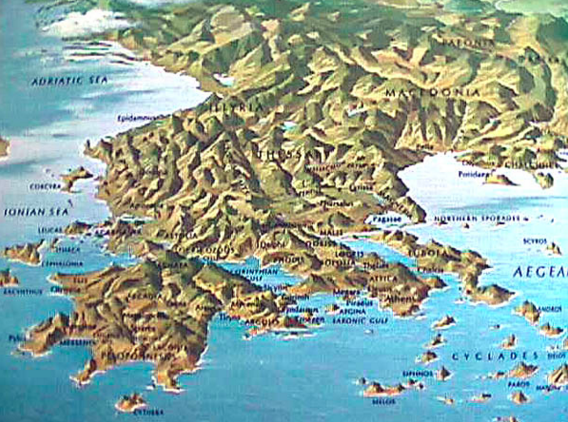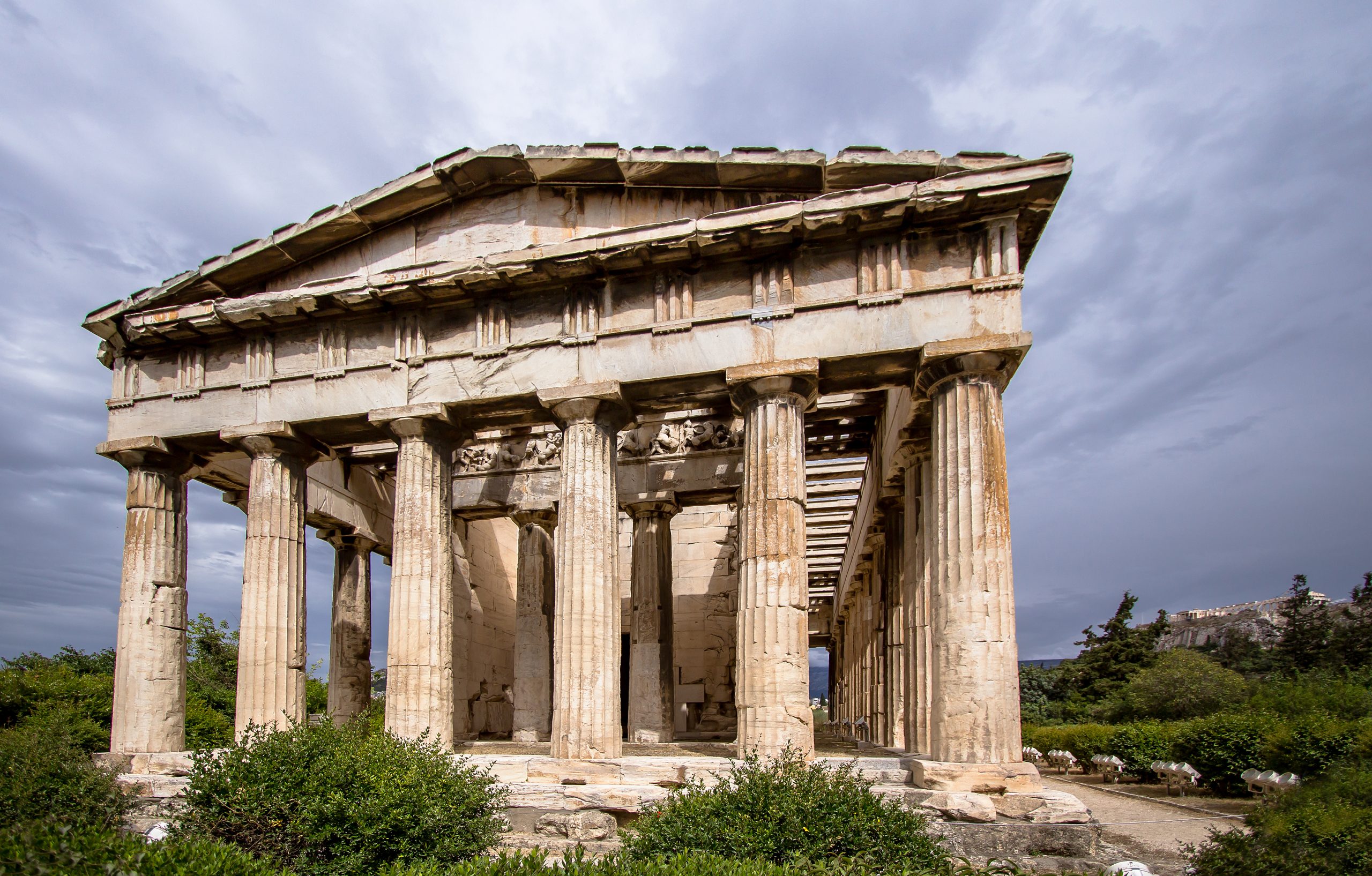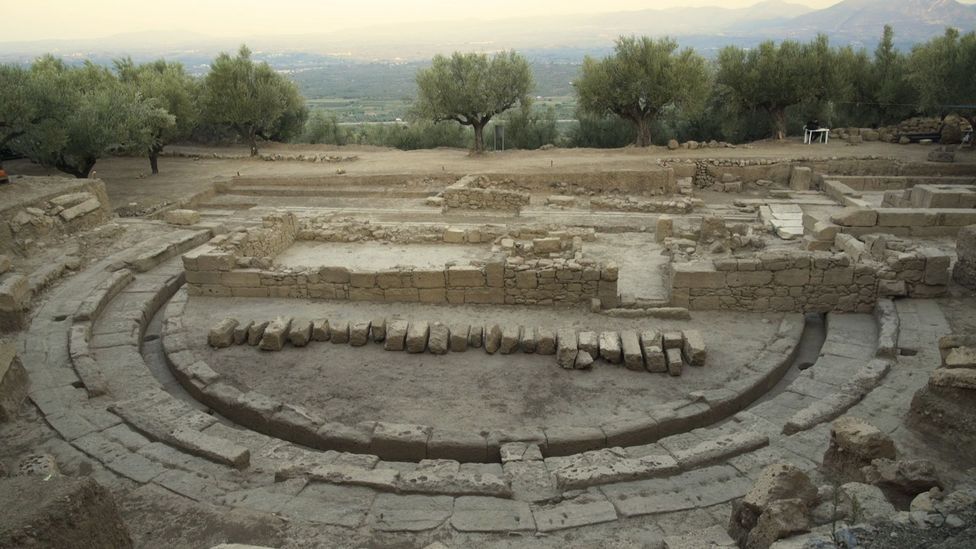
Historians speciulate that this long-standing rivalry with Athens may have led to Thebes siding with the Persians in their invasion of Greece in 480–479 BC. Siding with Persians in Xerxes’ invasion of Greece In the late 6th century BC, Thebans had their first military conflict with the Athenians, who helped the small village of Plataea to keep its independence against them, and in 506 BC it repelled an attack into Attica. The central position and military fortifications of the city raised it to a commanding position among the Boeotians, and from its early days its inhabitants established complete supremacy over the outlying towns.īy the time of Homer’s Iliad, which is believed to have been written around the middle of the eighth century BC, Thebes was already referred to as “Seven-Gated Thebes.” The Dorians’ eventual conquest of Thebes is the origin of the stories of the successive attacks on that city. These graves contained weapons, ivory, and tablets written in the Linear B script - a precious link to the origin of this writing system. Cadmus was famous for teaching the Phoenician alphabet and building on the Acropolis of Thebes, which was named the Cadmeia in his honor it became an intellectual, spiritual, and cultural center of the region.Īrchaeological digs in and around Thebes have revealed cist graves, which are small stone coffin-like boxes or ossuaries used for the bodies of the dead, dating back to Mycenaean times. The Greeks believed that Thebes was founded by Cadmus, a Phoenician king from Tyre (now in Lebanon) who was the brother of Queen Europa. Credit: Exekias / CC BY 2.0 Legendary founder of Thebes was Cadmus, brother of Queen Europa A silver stater, or coin, showing the Theban shield and an image of the god Dionysus.

The tale of Laius, whose misdeeds culminated in the tragedy of Oedipus and the wars of the “Seven against Thebes” and the Epigoni, and the downfall of his house, are also part of the lore of Thebes, as well as Laius’ pederastic rape of Chrysippus, which may have provided an etiology for the practice of pedagogic pederasty for which Thebes was famous. The immolation of Semele and the advent of the god Dionysus, as well as the building of the famed “seven-gated” wall by Amphion, which were referenced in the tales of Oedipus and Antigone, and the sagas of the origins of Zethus, Antiope and Dirce, played their part as well in cementing this city in the long history of the Greek nation. The foundation of the citadel Cadmea by Cadmus, and the growth of the Spartoi, or “Sown Men” which was most likely an etiological myth explaining the origin of the Theban nobility which bore that name, was also a seminal legend about the history of Thebes.


The record of the earliest days of Thebes was preserved in legends that rival the myths of Troy in their cultural ramifications and the influence that they exerted on the literature of the classical age. The remains of the ancient citadel of Thebes, the Cadmea, whose founding dates back to time immemorial. It is about 50 kilometers (31 miles) northwest of Athens. Thebes is situated on a plain between Lake Yliki (ancient Hylica) to the north, and the Cithaeron mountains, which divide Boeotia from Attica, to the south.


 0 kommentar(er)
0 kommentar(er)
